Crolla la diga – Le voci si contraddicono
Vajont territories, (2013-2024)
The project ‘Crolla la diga. Le voci si contraddicono’ is realized for CALAMITA/À and it is accompained by a text by curator Alessandra Prandin.
CALAMITA/À is a collective research project based on the Vajont catastrophe founded by Gianpaolo Arena and Marina Caneve in 2013.
For several years CALAMITA/À invited artists to explore the Vajont area and produce short term site specific works which were published online and came all together in 2016 in the book The walking mountain, beutifully designed by SYB.
Since 2016 CALAMITA/À have been develping six long term photographic projects — including Gianpaolo Arena, Marina Caneve, Céline Clanet, François Deladerriere, Petra Stavast, Jan Stradtmann — and collaborated with the label Silentes on the production of a double vynil.
In an hour the desert, it was said. But can Vajont really be traced back to an instant: 10:39 p.m.? Or is it not perhaps the result of a system and the emblem of a very articulated situation? Since childhood I have heard about this catastrophe in different places: family, school, literature and media. This experience led me to develop an interest in the differences and inconsistencies in the story. My research consists of a dialogue between inconsistencies in the contemporary landscape and a sort of disobedient archive, as Prandin describes it in her text. Both in the landscape and in the archive I explore some basical instances of photography as focus, repetion, shift and tilt and as well the presence of text in the images and their relationship with captions.

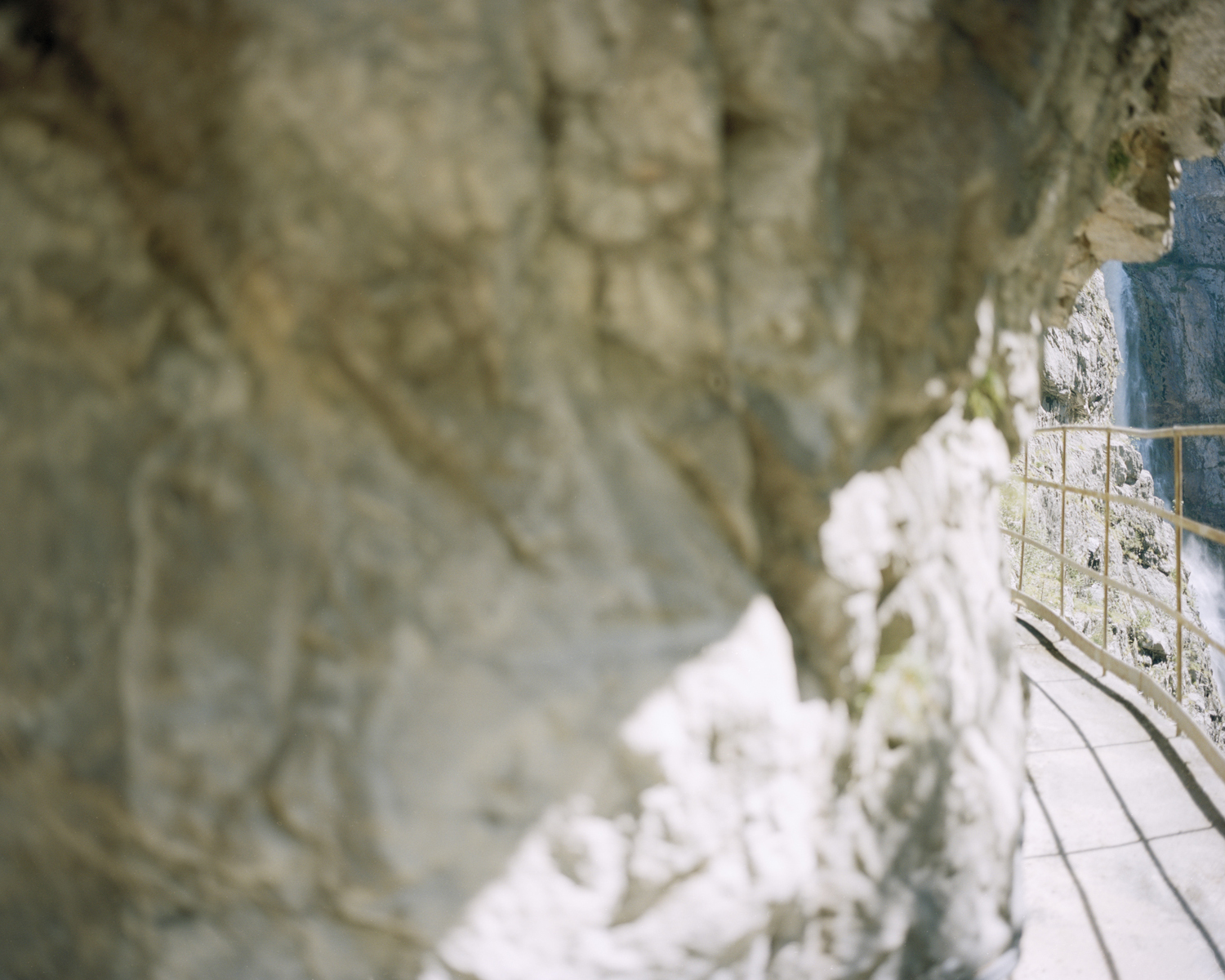



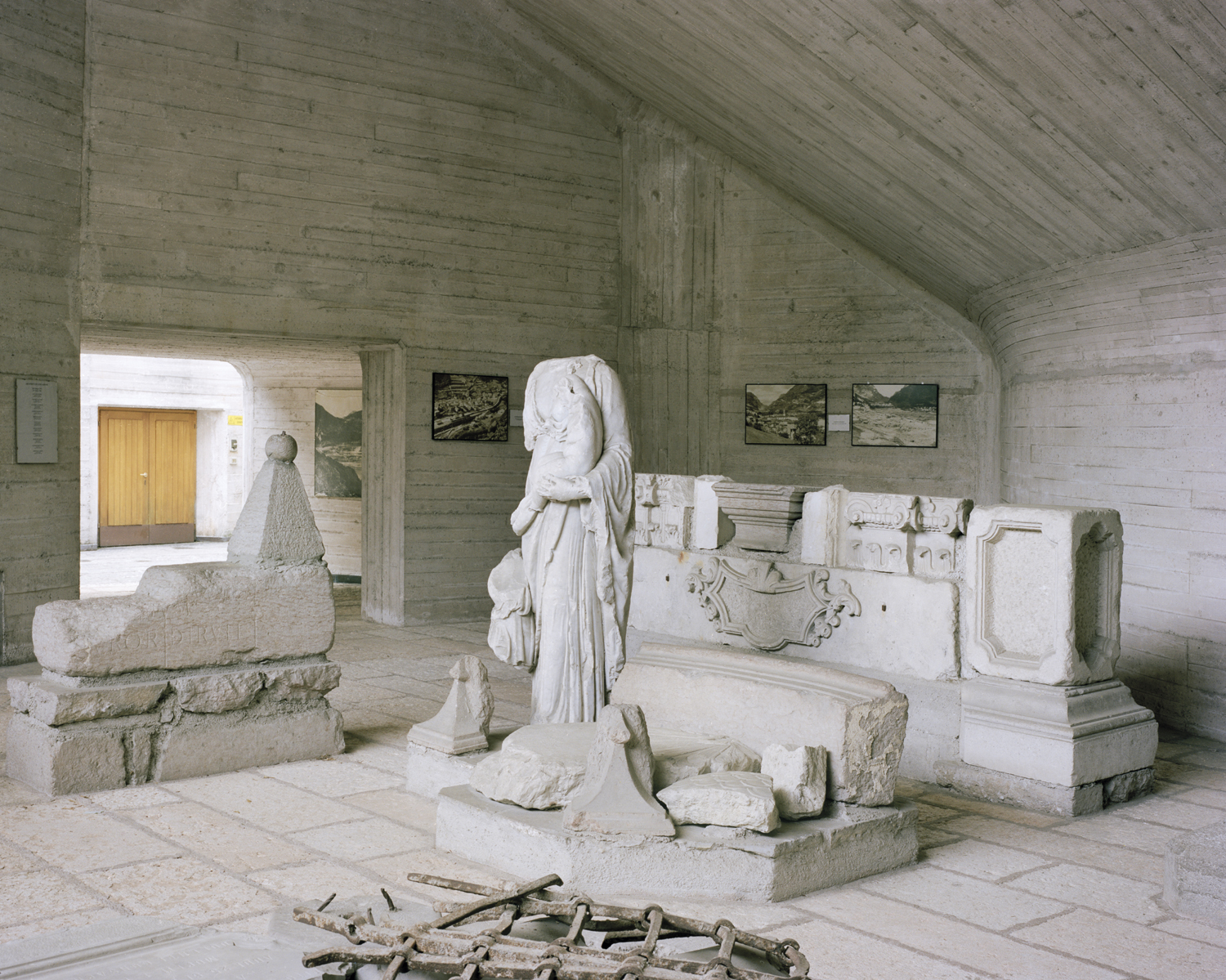









‘Crolla la diga. Le voci si contraddicono’, accompained by a text by curator Alessandra Prandin, is published on CALAMITA/À. An investigation into the Vajont catastrophe, Fw:Books. The book is a 512 pages softcover including works by Gianpaolo Arena, Marina Caneve, Céline Clanet, François Deladerriere, Petra Stavast, Jan Stradtmann and essays by Olga Smith, Alessandra Prandin, Marcelline Delbecq, Perrine, Lamy-Quique, Roberta Agnese, Eugénie Shinkle, Gianpaolo Arena and Marina Caneve. Design: Hans Gremmen.






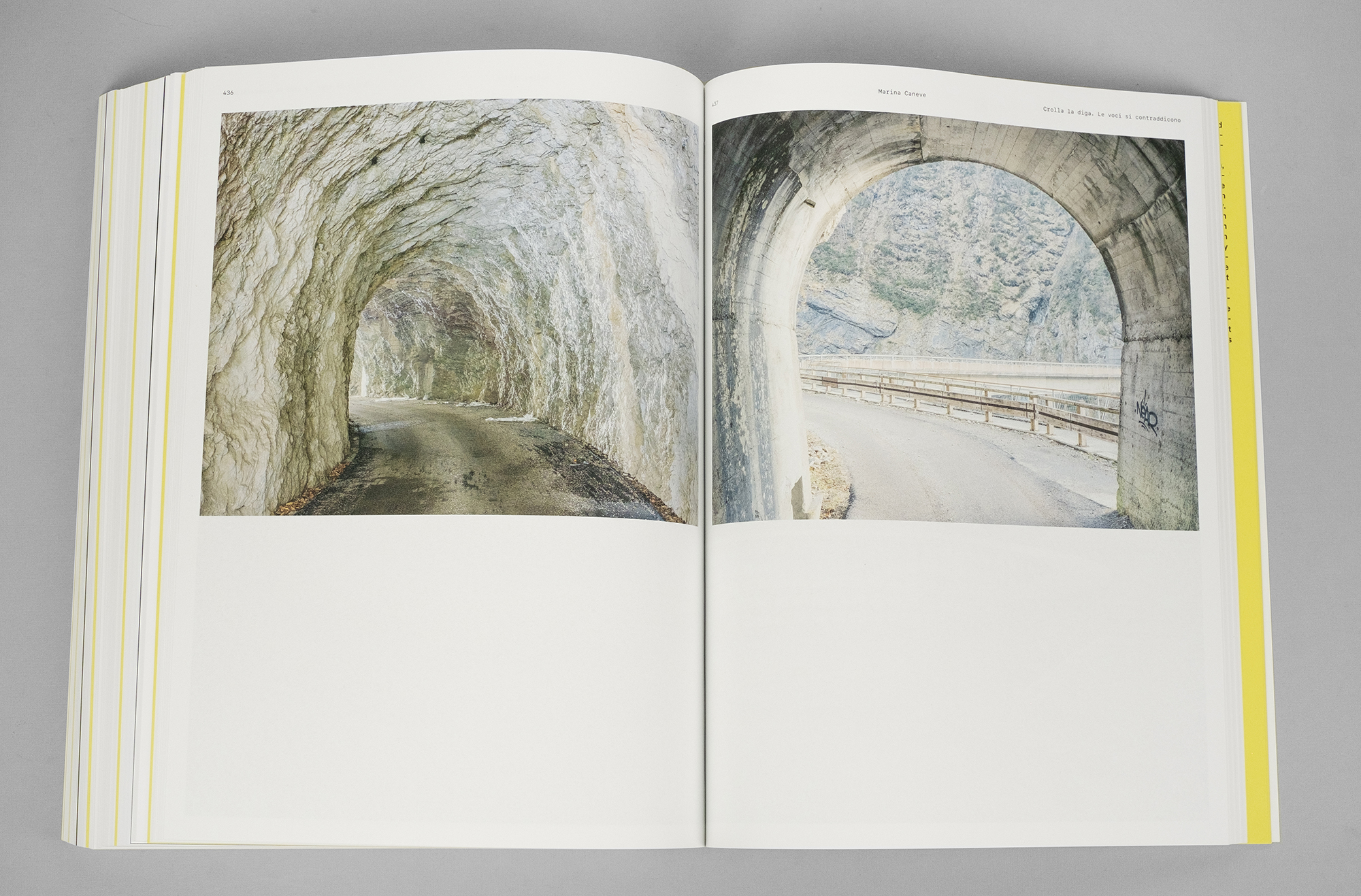






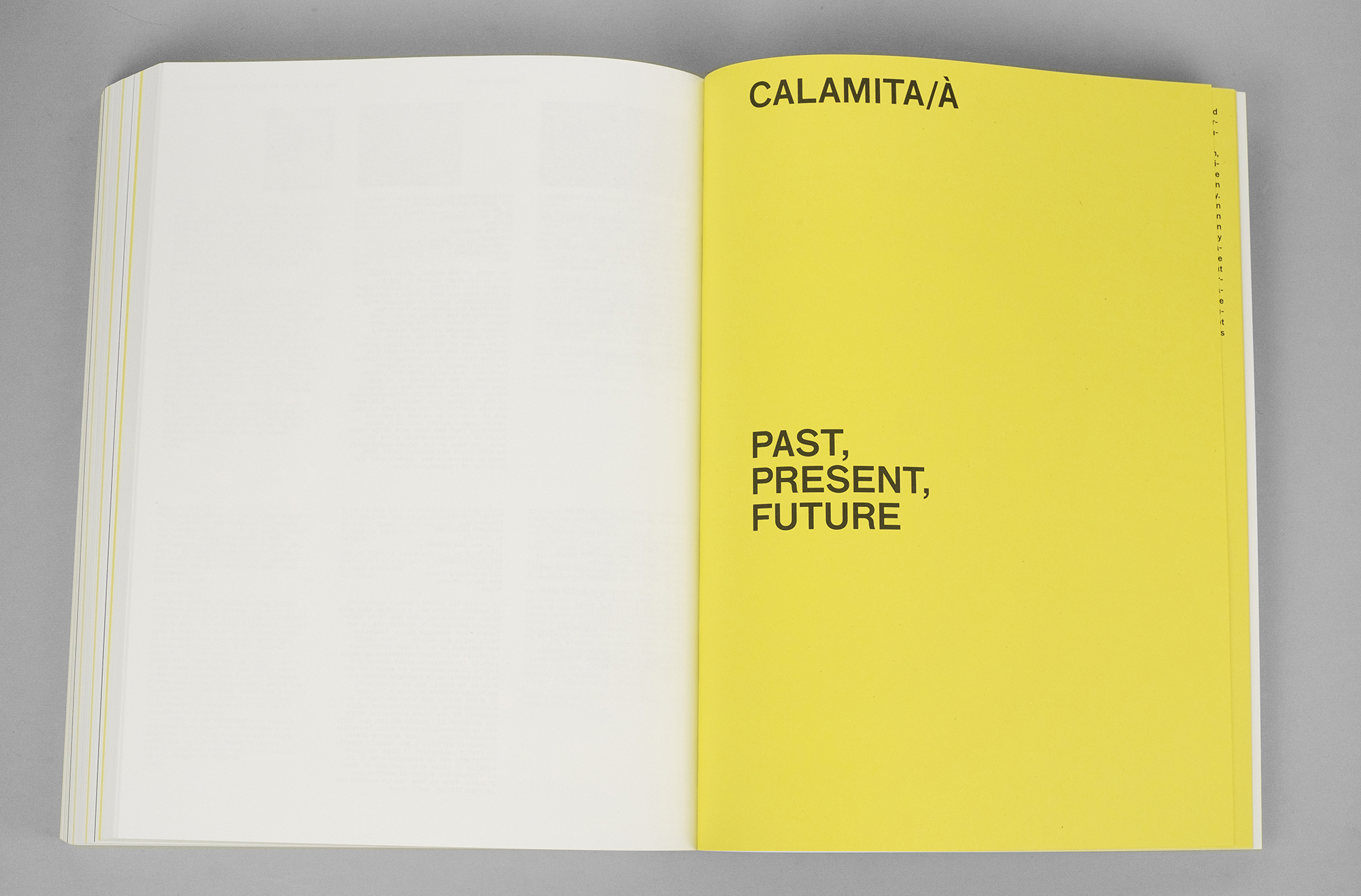
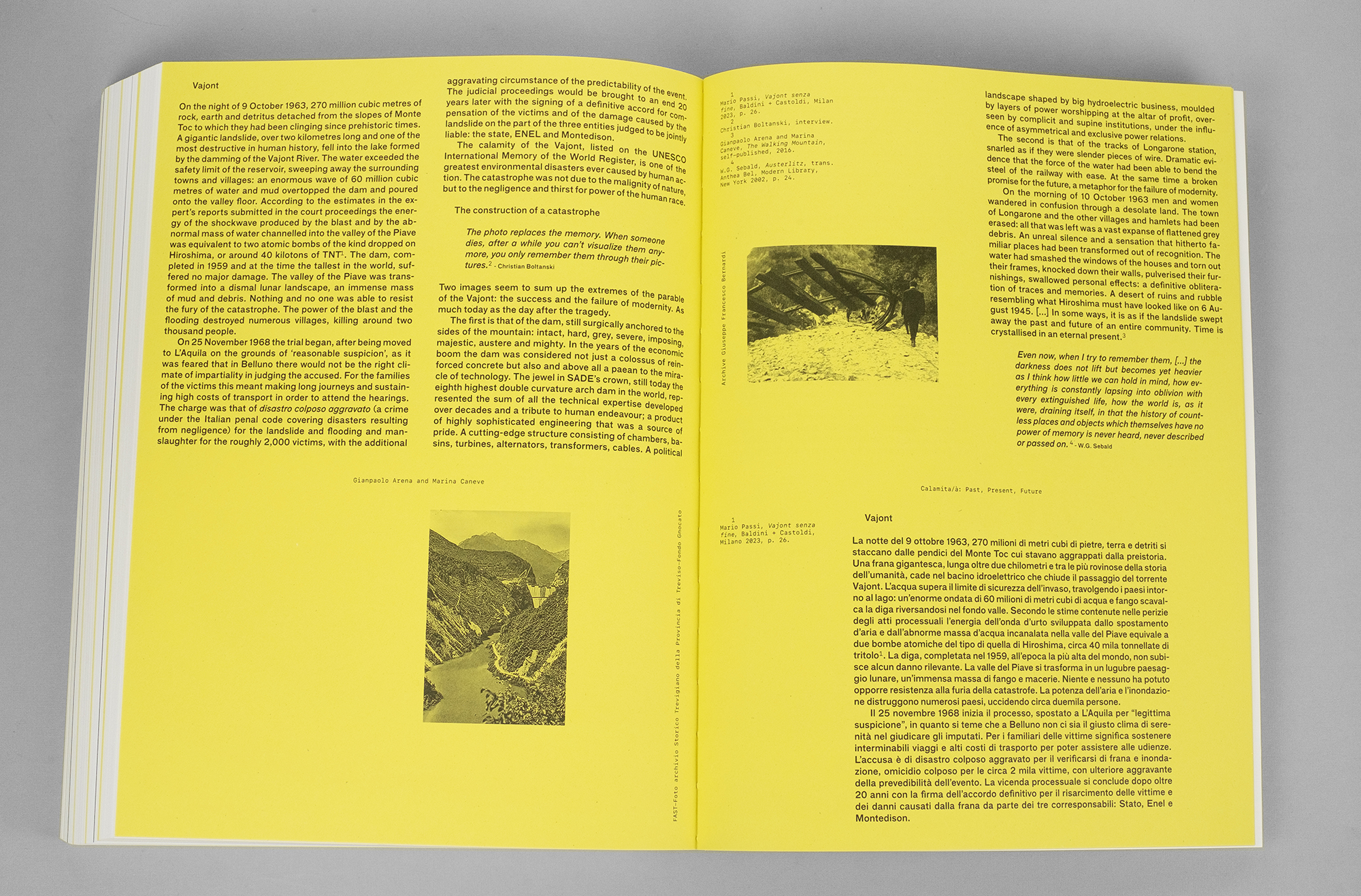


Exhibitions
CALAMITA/À. An investigation into the Vajont catastrophe, Spazio Labo’, curated by Laura De Marco, Bologna (2024, it)
CALAMITA/À. An investigation into the Vajont catastrophe, M9 - Museo del ‘900, Mestre (2024, it)
CALAMITA/À. An investigation into the Vajont catastrophe, FAST - Foto Archivio Storico della Provincia di Treviso, Treviso (2024, it)
CALAMITA/À, Double dummy, Arles (2021, fr)
CALAMITA/À, Fonderia 20.9, Verona (2018, it)
CALAMITA/À, Alt. +1000, curated by Béatrice Andrieux, Rossiniére (2015, ch)
Books
CALAMITA/À. An investigation into the Vajont catastrophe, Fw:Books (2024)
The Walking Mountain, Calamita/à (2016)
Awards
Strategia Fotografia 2023
* About Vajont
On October 9th, 1963 at 10:39pm 260 million cubic meters of rock broke off from the top of Monte Toc.
It fell into the reservoir of the Vajont Dam producing an enormous wave of at least 50 million cubic meters of water.
The wall of water pushed an air pocket before it.
It was more powerful than the Hiroshima bomb.
So strong, in fact, that almost all the victims were found naked, their clothes blown off by the blast. The dam, completed in 1959 and the biggest in the world at the time, did not suffer any serious damage. However, the flooding destroyed several villages in the valley and killed almost 2000 people.
It was, according to the UNESCO, one of the worst man-made environmental catastrophes of all time. The disaster wasn’t due to the evil nature of man but more to human negligence.